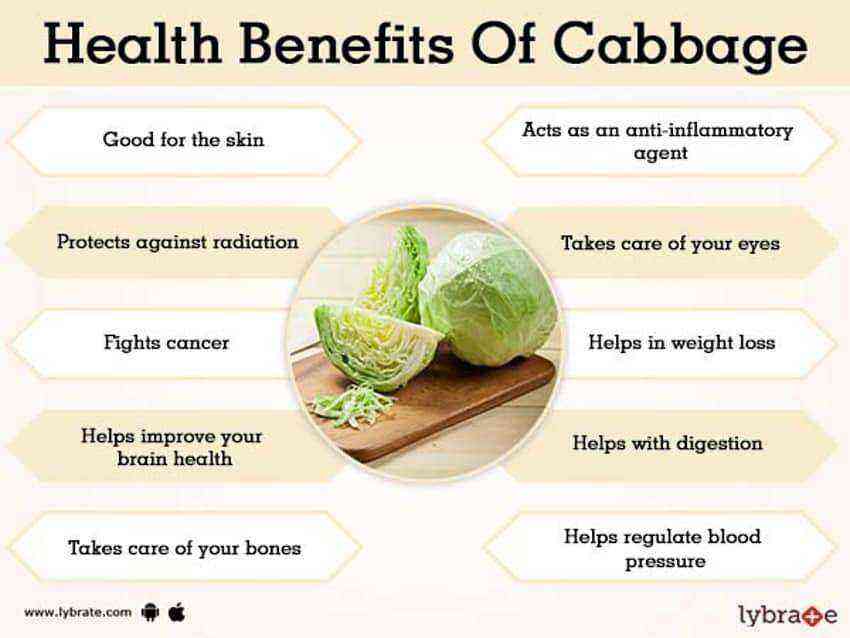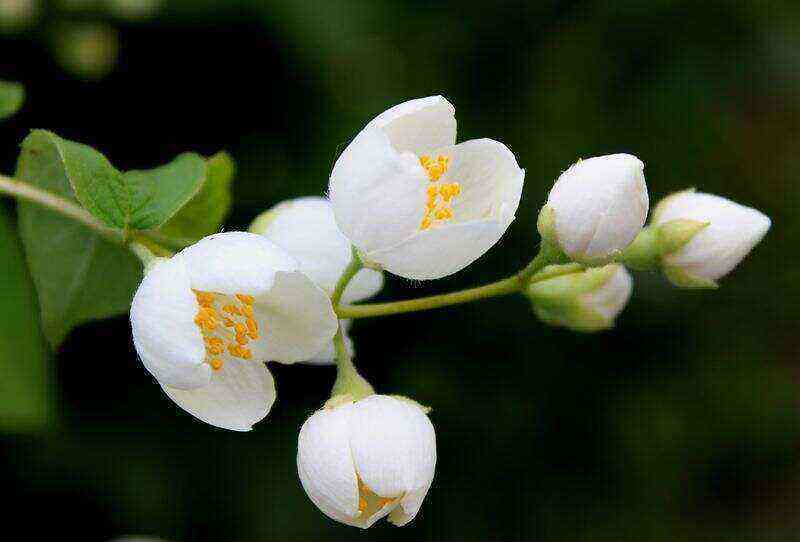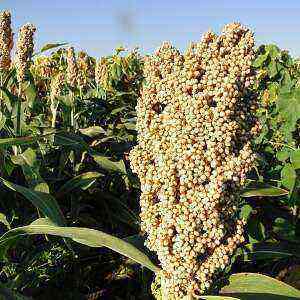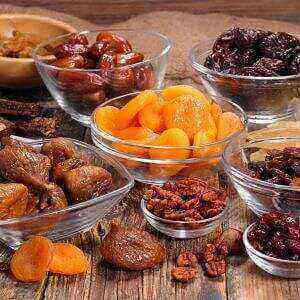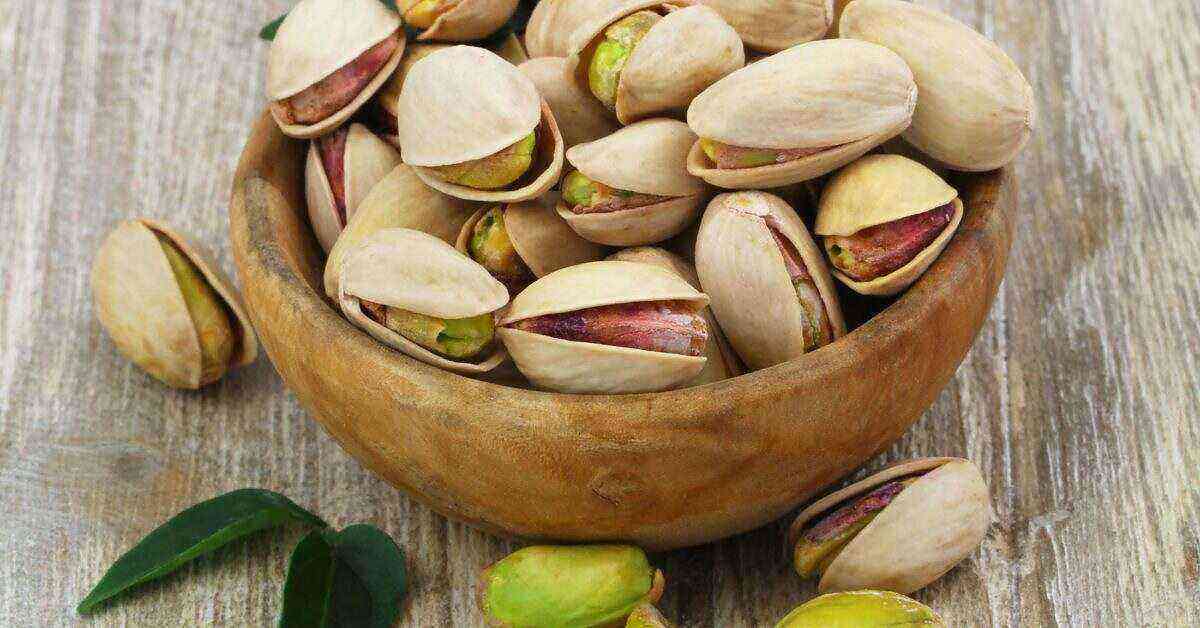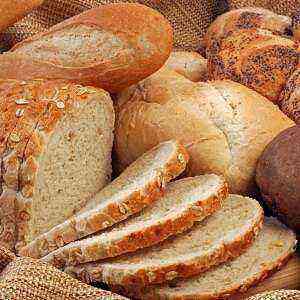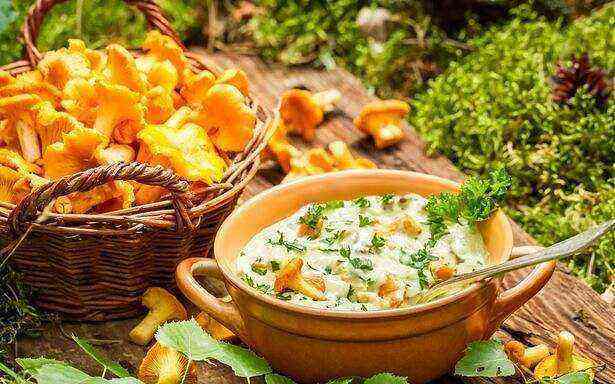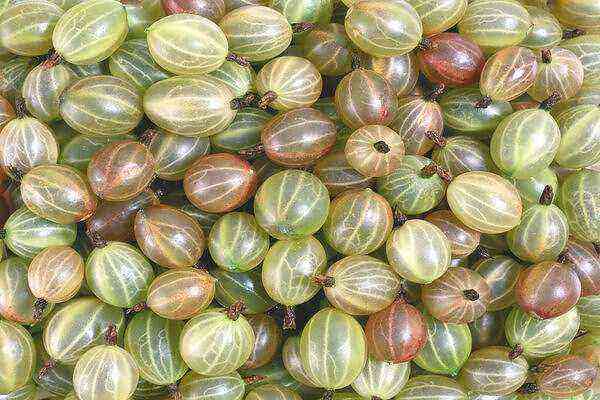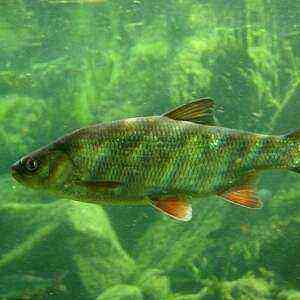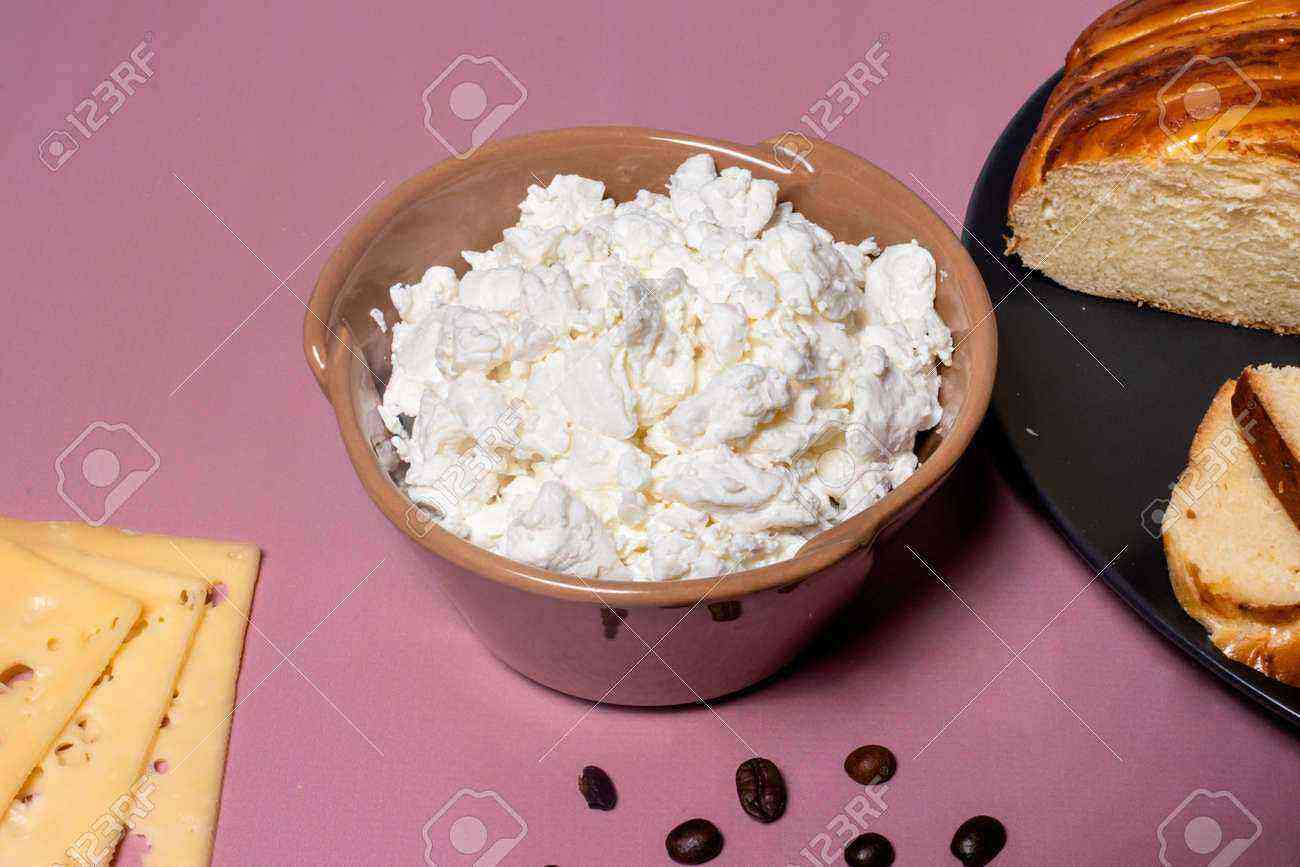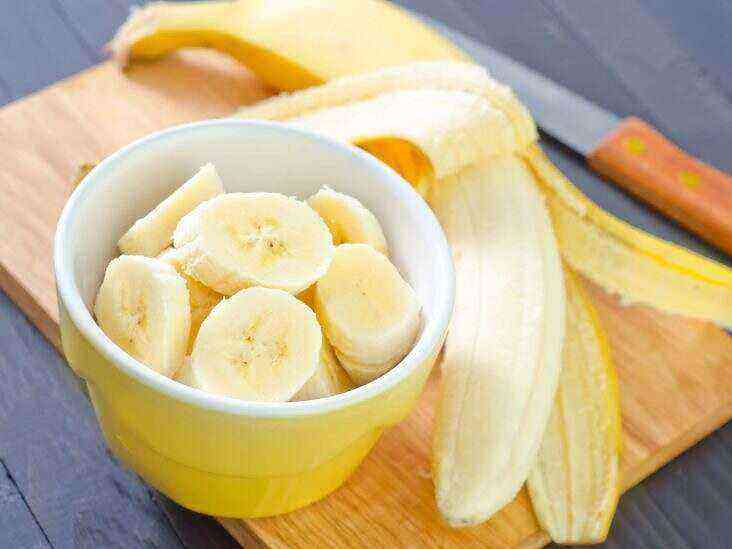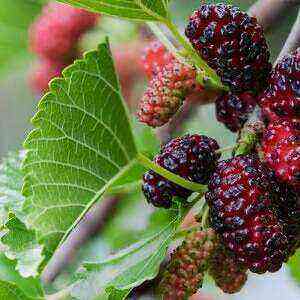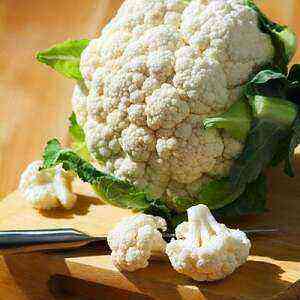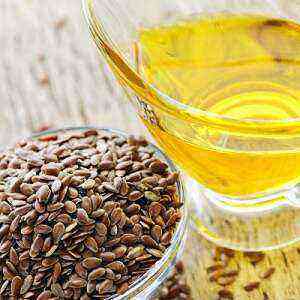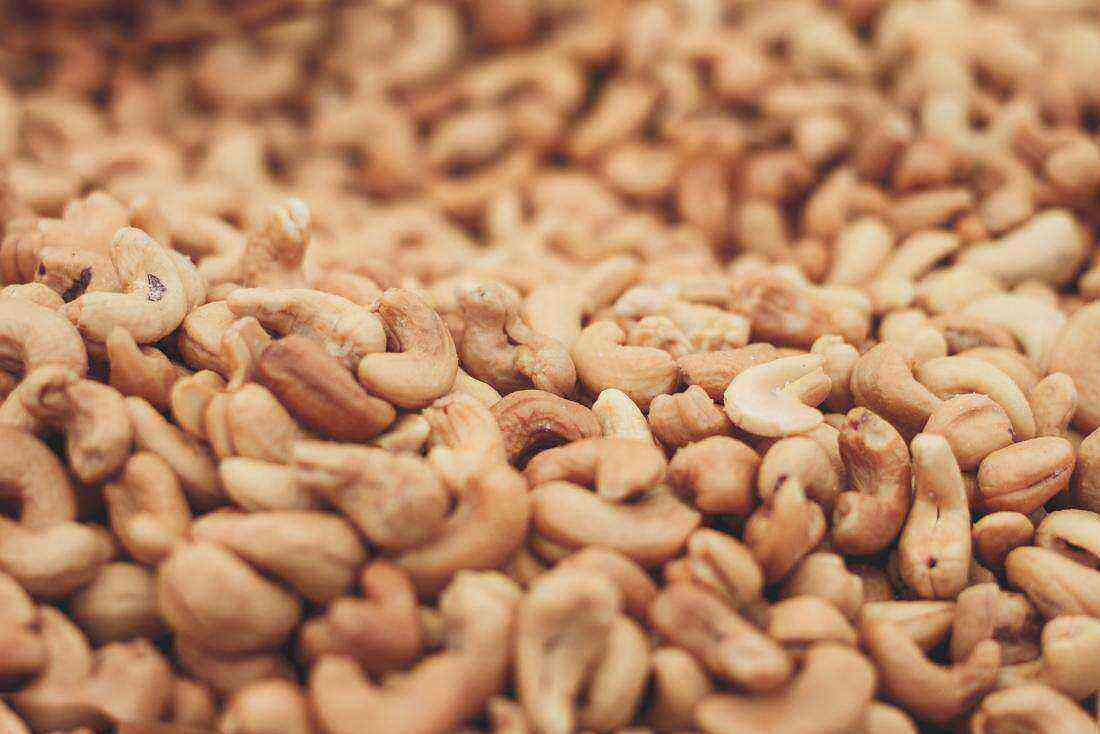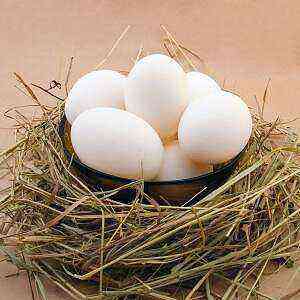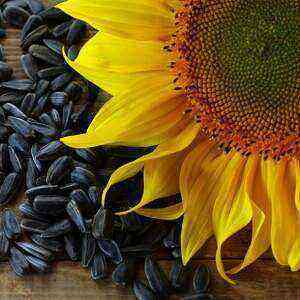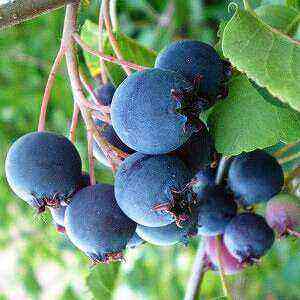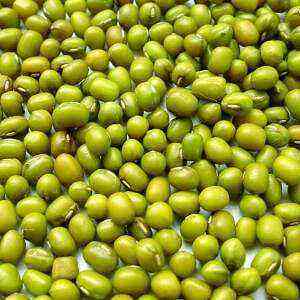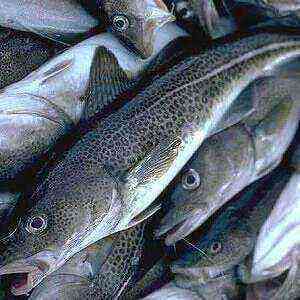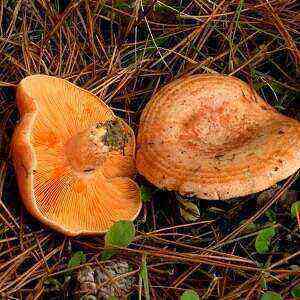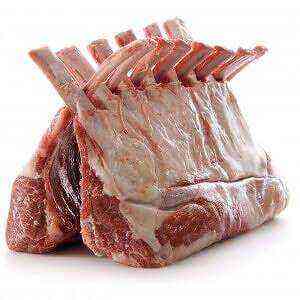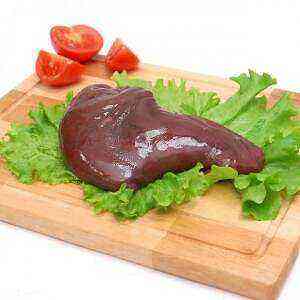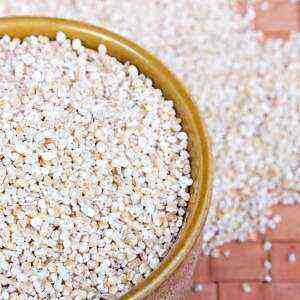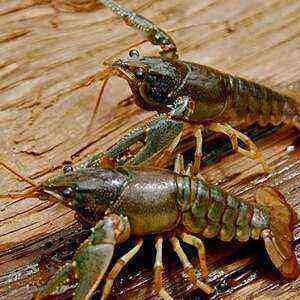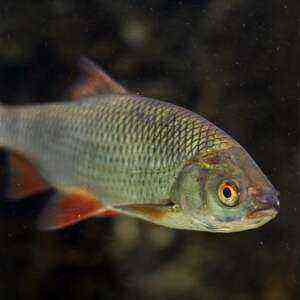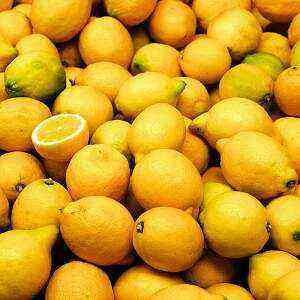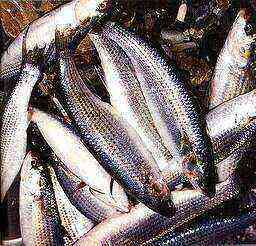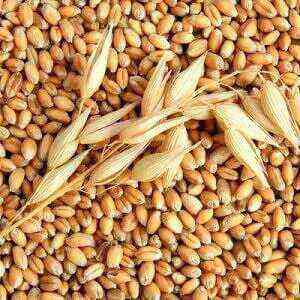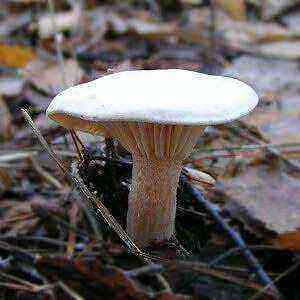
General characteristics
These are mainly semi-evergreen (with partially falling foliage) plants with branches growing at an acute angle. Barberry is very light-loving, but it cannot grow in wetland conditions – too much moisture hurts it.
Despite its unremarkable appearance, it is one of the most useful plants that nature has presented to us. In some regions, the barberry bears a different name – it is called a caramel tree.
Our ancestors knew very well about the medicinal properties of the barberry – even after 4 thousands of years before our era it was used in Egypt as a means of stopping the blood. For the same purpose, it was used by Indians, and Tibetan monks believed that the regular use of barberry prolongs life. The Romans and Greeks planted barberries in their gardens to attract capricious luck and, of course, used it as medicine. The Chinese made a tincture on alcohol to help a person with internal bleeding, and in the US, barberry is used as an adjunct in biliary system diseases.
The nutritional value
Barberry uses not only berries, but also leaves, roots and even the bark of this amazing plant. From the bark, yellow paint of natural origin is made, and the leaves can be eaten – they contain useful malic and citric acids, vitamins C and E. The root saves from frequent bleeding, and the berries help to eliminate bile and support liver health.
Barberry rightfully occupies an important place among dietary products due to its minimal calorie content.
100 g of the product contains only 29,5 Kcal. At the same time, berry jelly already contains 218 Kcal, so it can hardly be called dietary.
How to store barberry
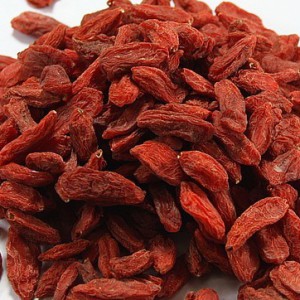
If you pick berries yourself, you can make jam from them by mixing them with sugar in a 1: 1 ratio. The original recipe for storage involves pickling berries – for this, for each liter of water you need to add 200 g of salt and store the resulting pickles in a refrigerator or cellar.
Use in cooking
Berries are used to make sweets – compotes are made from them, jams or preserves are made, and also often used for jelly. Dried and chopped barberries will be an excellent acidic seasoning, which will give an original taste to your dishes. Also from the berries you can make a pleasant taste of wine or liquor. But for salting it is better to use slightly unripe berries – so they do not acquire sweets, which spoil the taste of pickles.
Choose berries for salting very carefully, because too immature fruits contain poisonous substances.
Barberry treatment
Barberry is considered an excellent tool to combat a variety of diseases. Broths and infusions both from berries, and from roots and leaves are used.
decoction

Shredded roots of barberry is done like this: 2 st.l. Plants pour 2 cups of water and boil as well as leaves. Insist they need for an hour, after cooling, drain.
Tincture
Tincture is usually made from leaves. Take dried chopped leaves, pour a glass of vodka or diluted alcohol and leave for 7-10 days in a dark, cool place.
Use in medicine
A decoction of the roots is used for:
- excessive production of bile;
- inflammations.

- hepatitis;
- pregnant women with constant vomiting;
- liver disease;
- inflammation of the gallbladder;
- digestive disorders;
- inflammation of the digestive tract;
- diarrhea;
- ulcers;
- bleeding in the digestive tract;
- dysentery;
- diseases of the bile ducts.
Infusion of leaves is used for:
- jaundice;
- digestive disorders;
- inflammation of the digestive tract;
- diarrhea;
- ulcers;
- bleeding in the digestive tract;
- dysentery.
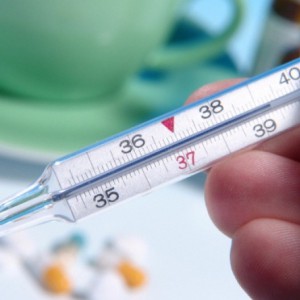
- reduced activity of the nervous system;
- poor emotional state;
- how to prevent tumors;
- at high temperature.
Broth bark is used for:
- pancreatic inflammations;
- high pressure;
- heart problems;
- as a diuretic;
- as an antipyretic for various diseases, including pneumonia and tuberculosis.
Berries are used for:
- poor appetite;
- constipation;
- ulcer or hemorrhoids;
- with radiation exposure.
Also, a decoction of the roots of barberry is good to use in gynecological diseases and inflammation as a bath or for douching. They are also used in inflammations in the mouth for rinsing.
To combat diseases of the skin or eyes, lotions are used, and for bone and vascular problems, such as rubbing or compresses.
For gynecological diseases

With pancreatitis
Barberry is also effective in treating pancreatitis or reducing symptoms in chronic disease. It is best to use it in a mixture with licorice in the ratio 2: 1. Pour enough water (on 3 tablespoons half a liter of mixture), leave for 8-12 hours, and then boil over low heat. It needs to be drunk on 150 ml of 3 once a day after meals.
Other uses
Few people now remember that the pure berries of the barberry (fresh) are well helpful for hangovers or long libations, including for the treatment of hard drinking.
Fresh berries are great for those who have a “naughty” heart – just eat them every day as a dessert, and you will feel much better!
Barberry Recipes
Barberry berries are used for many recipes, mainly for healthy and tasty sweets. We will share a few recipes.
Jam
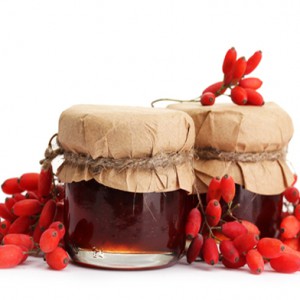
Juice
To get the maximum juice from the barberry, dip the berries in boiling water, hold for a couple of minutes, then drain the water and pass the berries through the juicer.
They want
Take a saucepan (best of all enameled), add berries there and fill with water in the ratio 1: 4 and put to boil. Wait until the berries heat enough to soften, then they need to be ground and add as much sugar as you had berries. Then thoroughly boil and pour into sterile jars.
Used in cosmetics
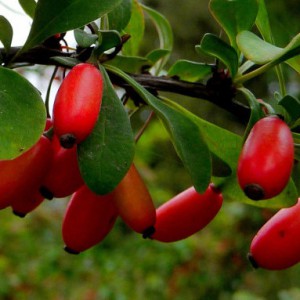
Hair Balm
To make this simple and effective hair conditioner you will need just a handful of barberry. Pour the dried berries with a liter of boiling water, then cover with a thick cloth and leave to infuse in a warm place. Then the infusion must be filtered to remove minor impurities that can get stuck in the hair and cause a lot of trouble. Carefully pass the infusion through a filter or several layers of cheesecloth – and it is ready for use!

Mask for the face
The barberry mask works best with a few more beneficial ingredients. To prepare it, take:
- a small apple;
- 4, Art. ground dried barberries;
- 1, Art. flour for density;
- 1, Art. sour cream.
All components must be mixed well, applied to the face and left for 15 minutes. It is best to rinse it with brewed green tea or a decoction of chamomile.
Restrictions when taking barberry
The use of barberry decoctions is strictly forbidden to pregnant women on any terms, because It stimulates muscle activity that can trigger miscarriage. Restrictions also apply to lactation.
Carefully combine barberry with pharmaceutical sedatives, because their effect may seriously increase. In addition, excessive dosage can result in a sedative poisoning, which will lead to nausea and dizziness.
In no case should barberry be consumed if you have cirrhosis of the liver or hepatitis, as well as with kidney stones or with uterine bleeding.
